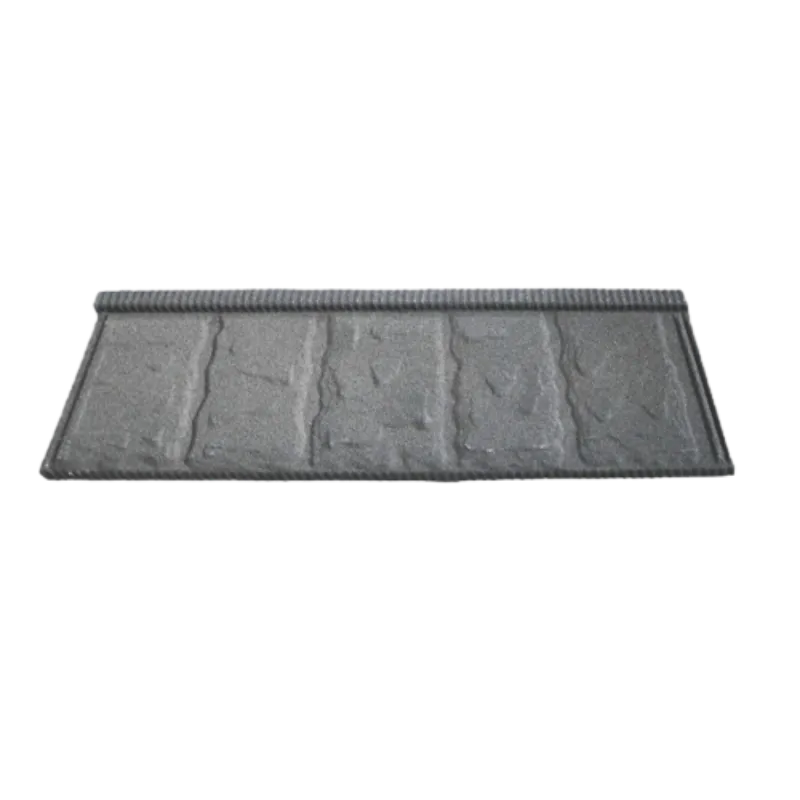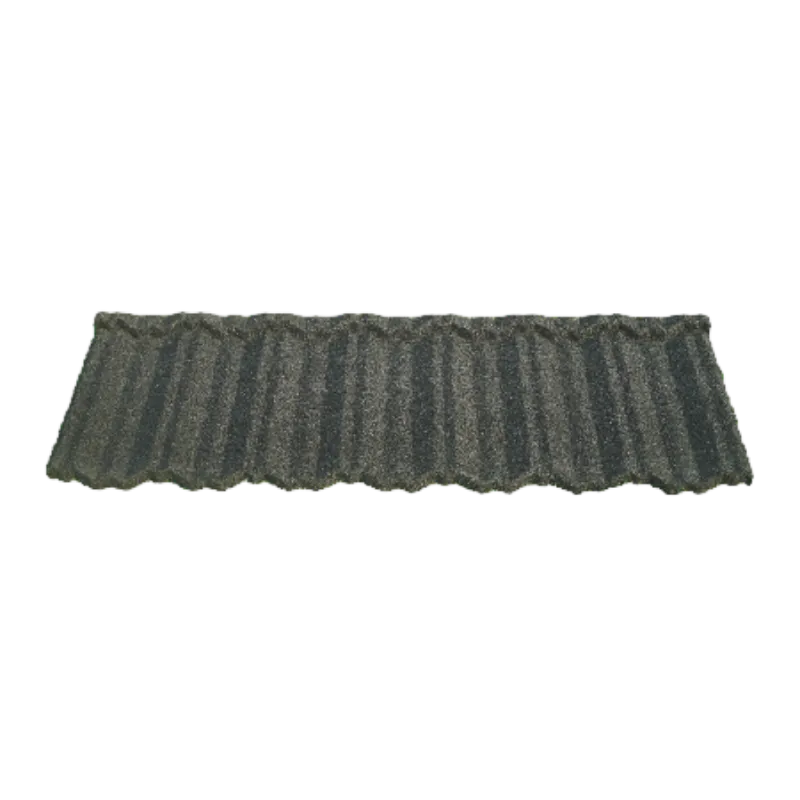
Sep . 02, 2024 10:38 Back to list
glazed clay tiles
The Art and Craft of Glazed Clay Tiles
Glazed clay tiles have been an integral part of architectural and decorative elements for centuries, combining functionality with aesthetic appeal. These tiles, adorned with a vitreous coating, offer not only beauty but also durability and ease of maintenance, making them a popular choice in various applications, from flooring to wall coverings.
The process of creating glazed clay tiles begins with the selection of high-quality clay. This raw material is carefully shaped into tiles of various sizes and designs. Once shaped, the tiles are fired in a kiln at high temperatures, which strengthens the clay and makes it suitable for glazing. After the initial firing, a glaze composed of silica, flux, and colorants is applied to the surface. This glaze not only adds vibrant colors and patterns but also provides a protective layer that enhances the tile's resistance to moisture and stains.
One of the most remarkable aspects of glazed clay tiles is their versatility. They can be used in both interior and exterior settings, fitting seamlessly into various design styles, from traditional to contemporary. In homes, glazed tiles can enhance kitchens and bathrooms, where their water-resistant properties shine. Similarly, in public spaces, they serve as decorative accents in fountains, plazas, and facades.
glazed clay tiles

Culturally, glazed clay tiles have significant historical importance
. Civilizations like the ancient Egyptians, Mesopotamians, and the Moors utilized glazed tiles to create intricate and colorful mosaics. The art of tile-making flourished during the Islamic Golden Age, leading to the development of stunning geometric patterns and calligraphic designs that continue to inspire contemporary artisans. In Europe, glazed tiles became a hallmark of Renaissance architecture, appearing in churches, palaces, and public buildings, often telling stories through their vibrant depictions.In modern times, the appreciation for glazed clay tiles has not waned. Designers are increasingly drawn to their ability to add texture and color to spaces. Customization options allow homeowners and businesses to create unique designs that reflect personal tastes or brand identities. Eco-friendly glazes and sustainable production practices have also emerged, appealing to environmentally-conscious consumers.
However, the popularity of glazed clay tiles comes with responsibilities. Ensuring that tiles are produced ethically and sustainably is essential to minimize environmental impact. Artisans and manufacturers are now exploring ways to incorporate recycled materials and reduce waste during production.
In conclusion, glazed clay tiles represent a fusion of art, history, and practicality. Their enduring appeal lies in their ability to transform spaces while providing necessary functionality. As we continue to appreciate and innovate in the field of tile design, glazed clay tiles remain a timeless element that bridges the past with the present, promising to enhance our environments for generations to come.
-
Stone Coated Metal Roof Tile-Roman Tile for Durable Roofing Solutions
NewsJul.30,2025
-
Stone Coated Metal Roof Tile-Wood Grain Tile for Durable Roofing
NewsJul.30,2025
-
Stone Coated Metal Roof Tile-Nosen Tile: Durable, Stylish Roofing Solution
NewsJul.29,2025
-
Premium Moonlight White HIREFLE Granules for High-Quality Surfaces
NewsJul.29,2025
-
Stone Coated Metal Roof Tile-Grouper Tile | Durable & Stylish Roofing
NewsJul.29,2025
-
High-Quality Roofing Granules for Sale – Durable & UV Resistant Solutions
NewsJul.28,2025







